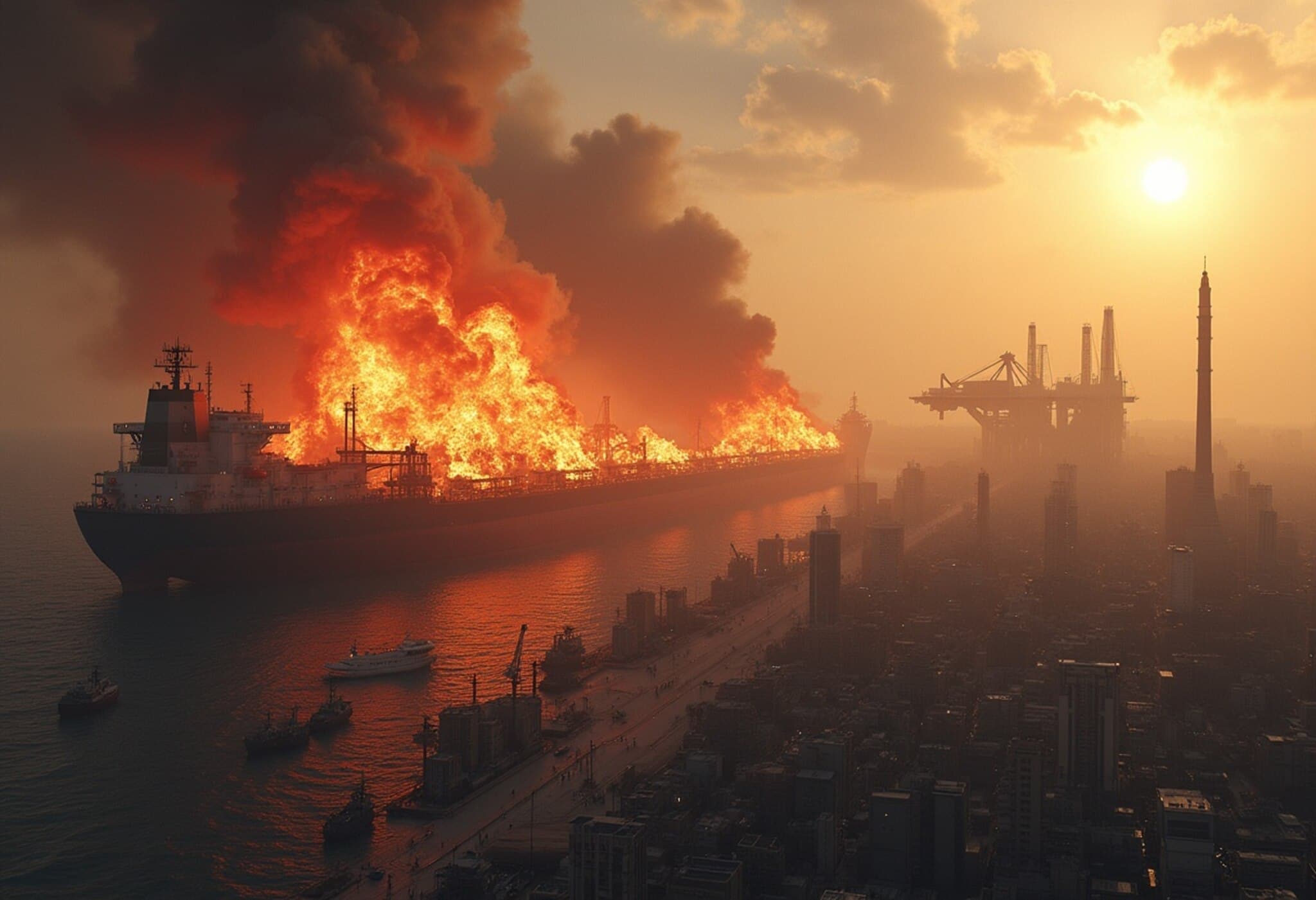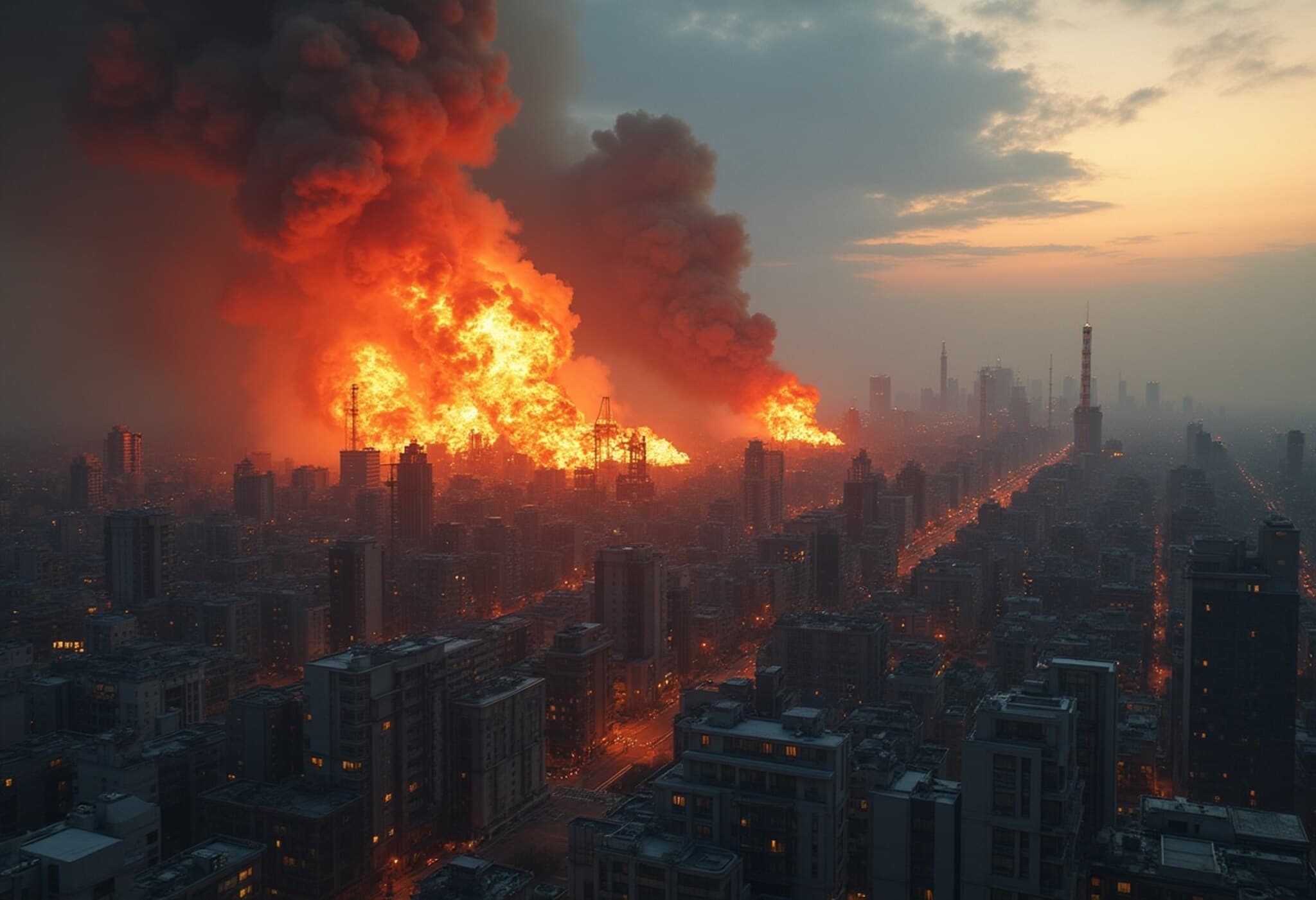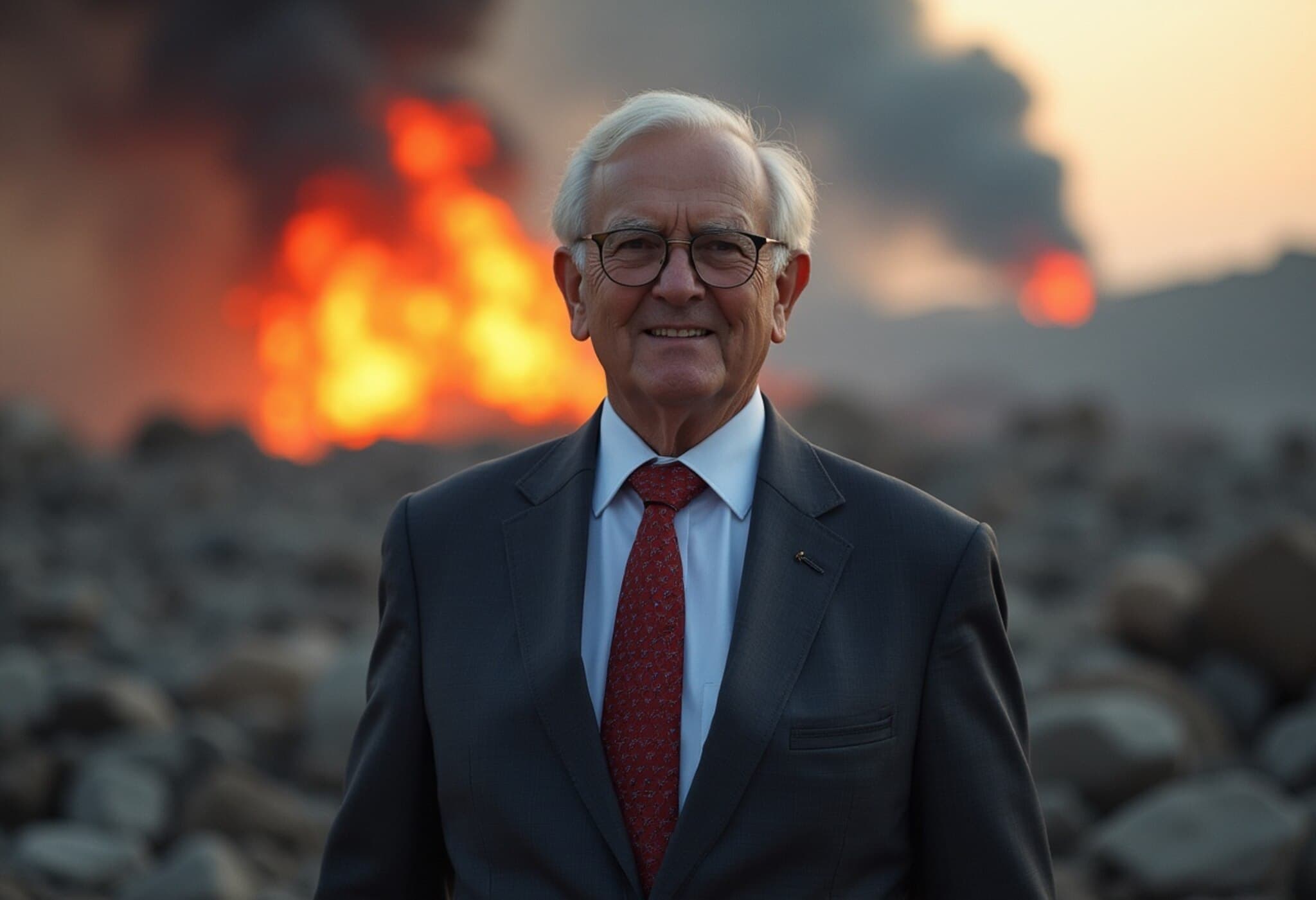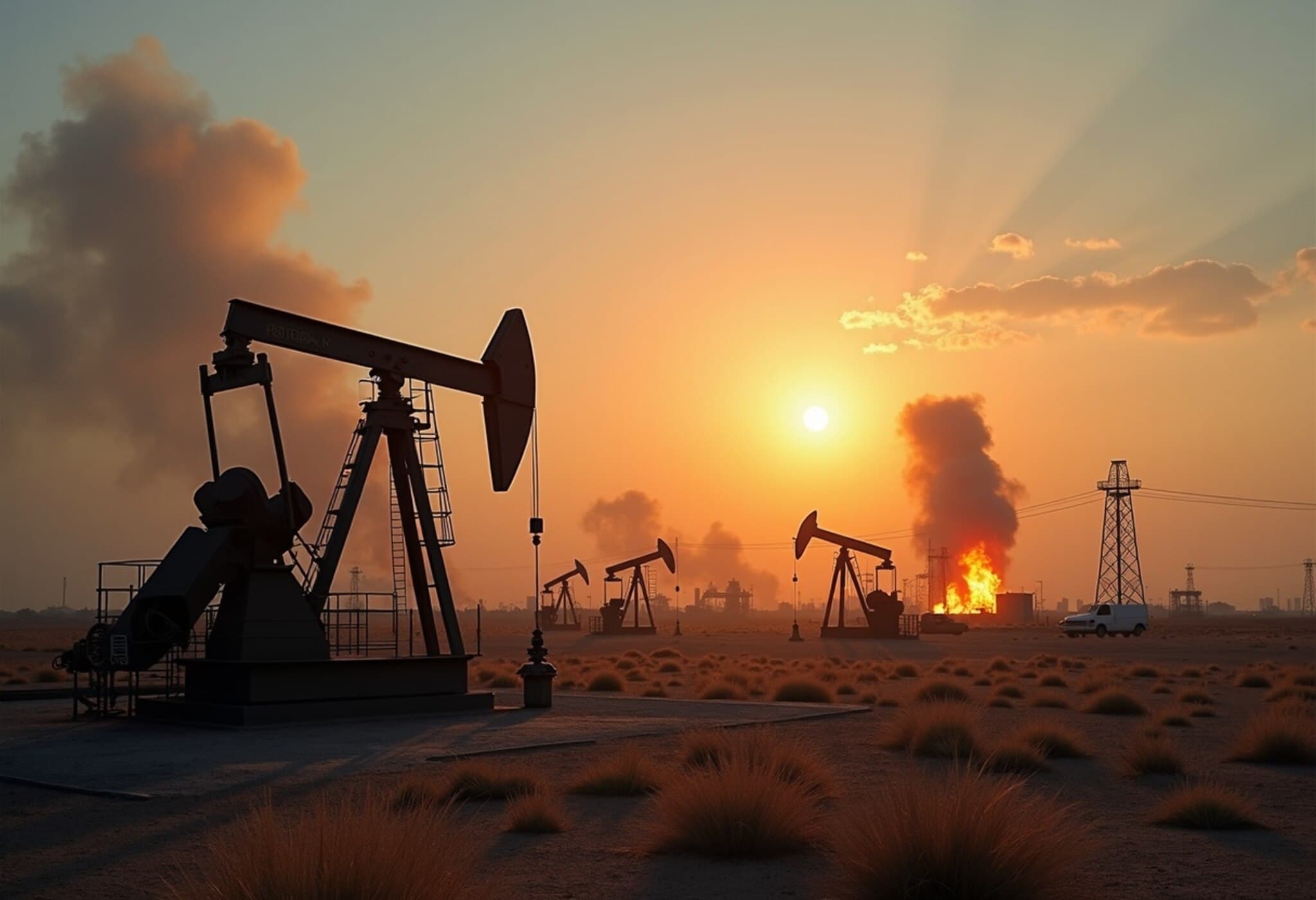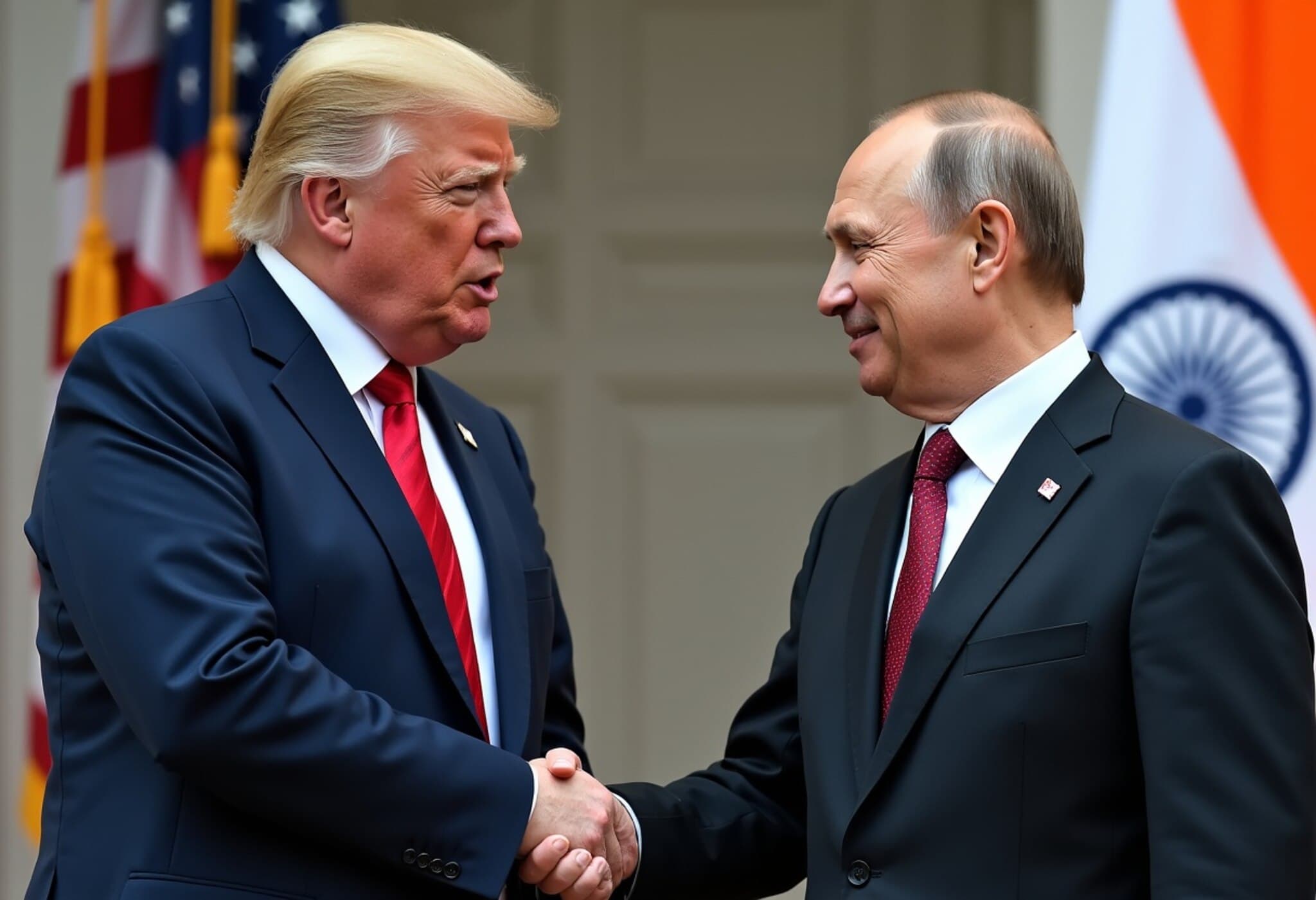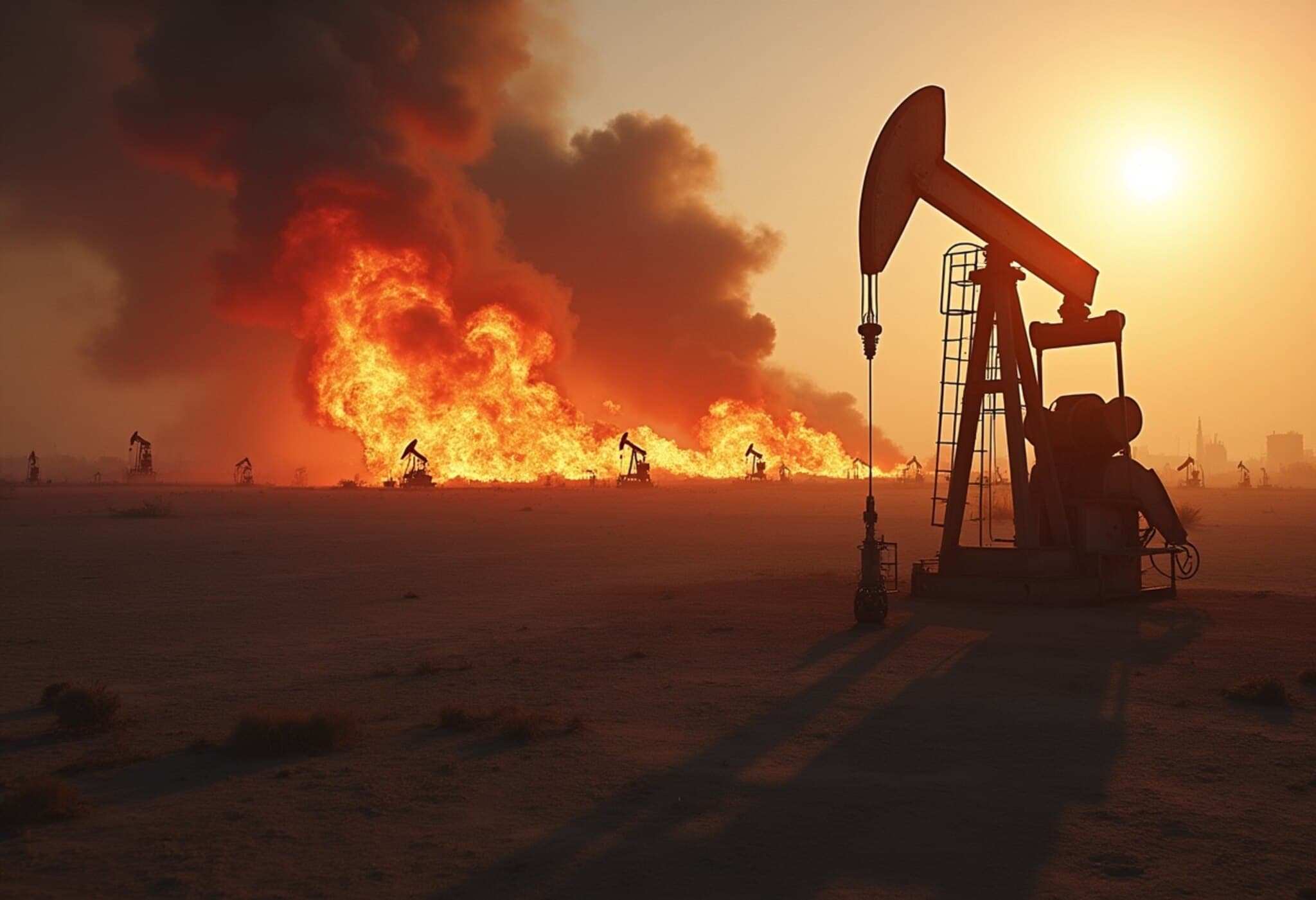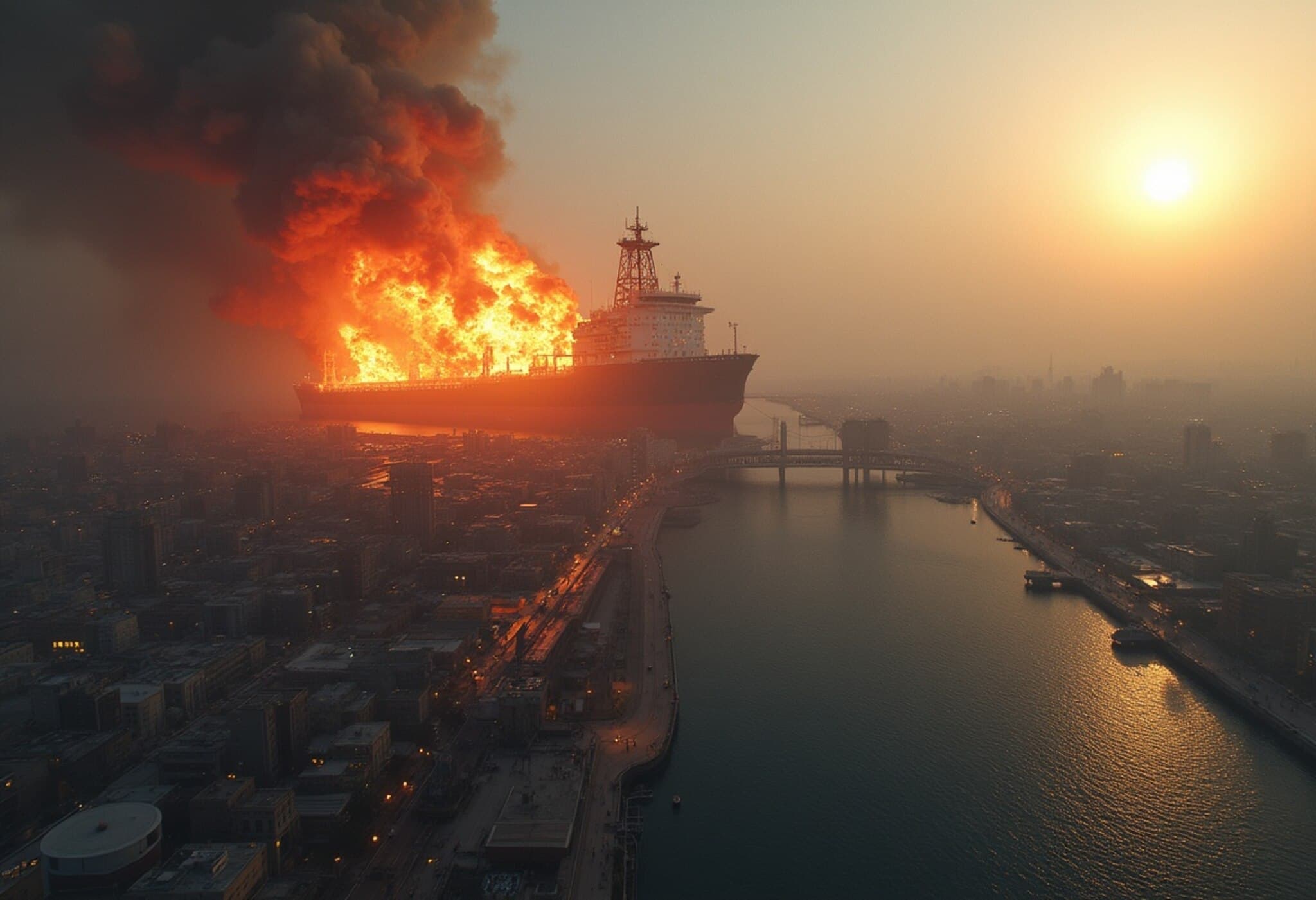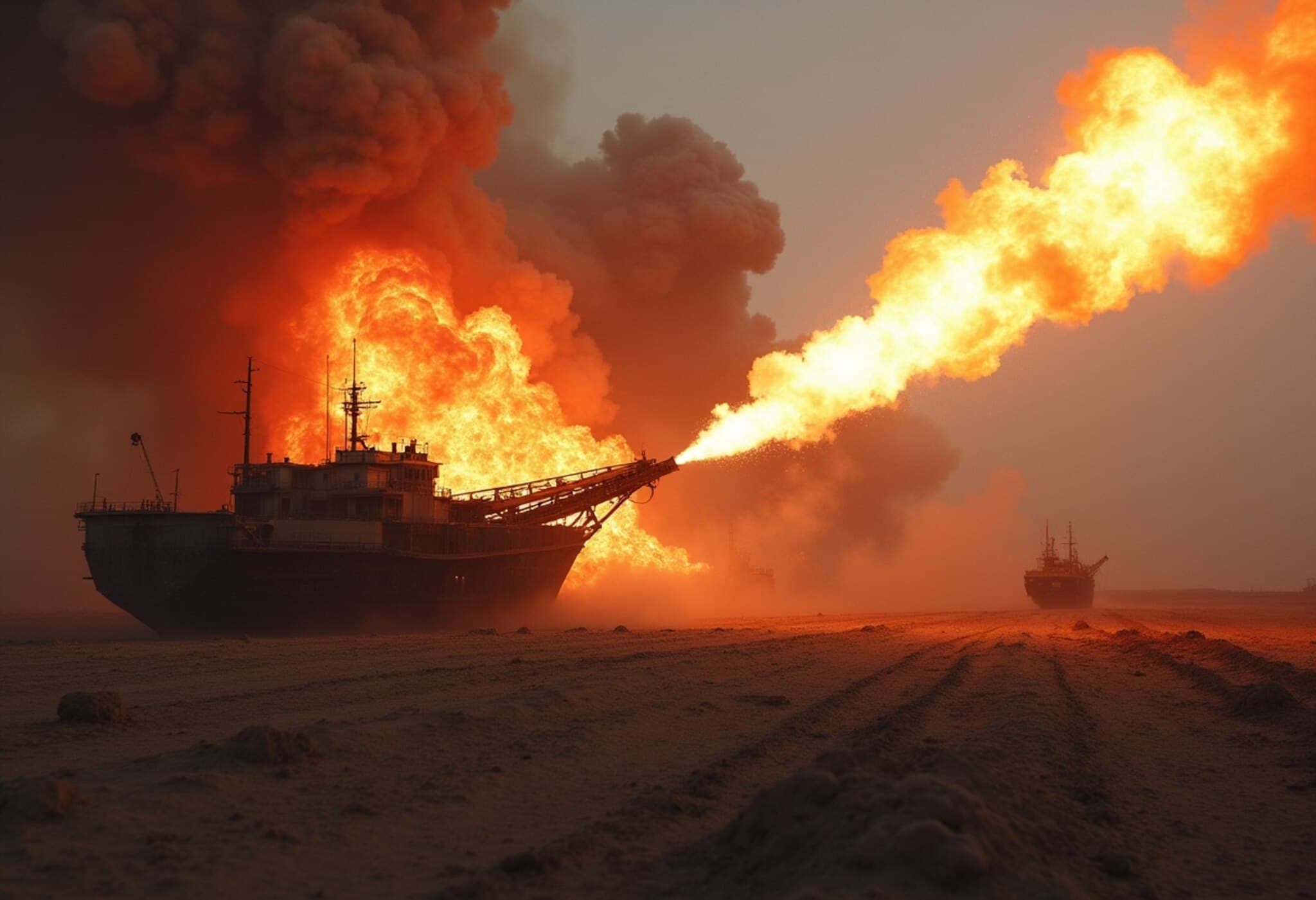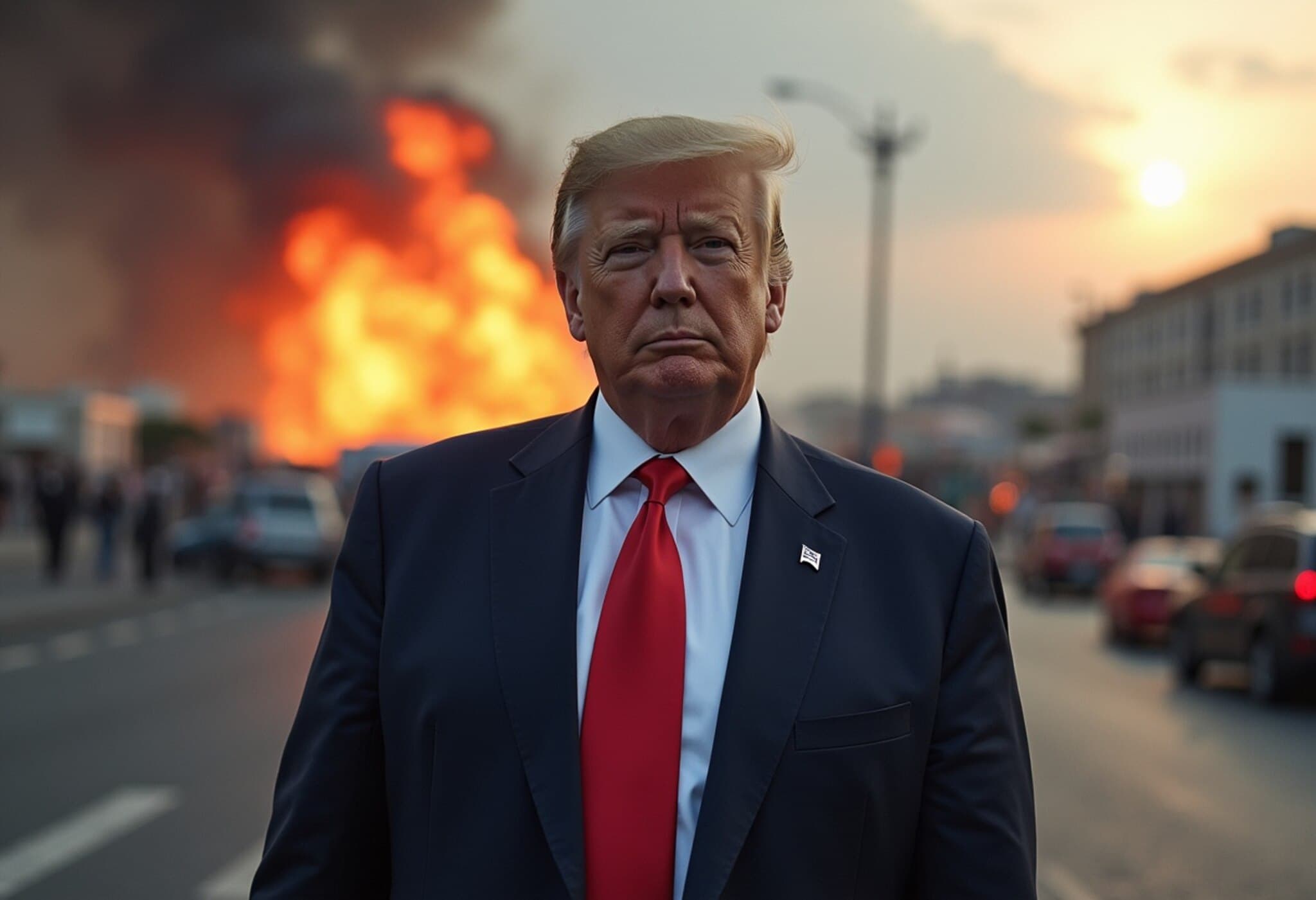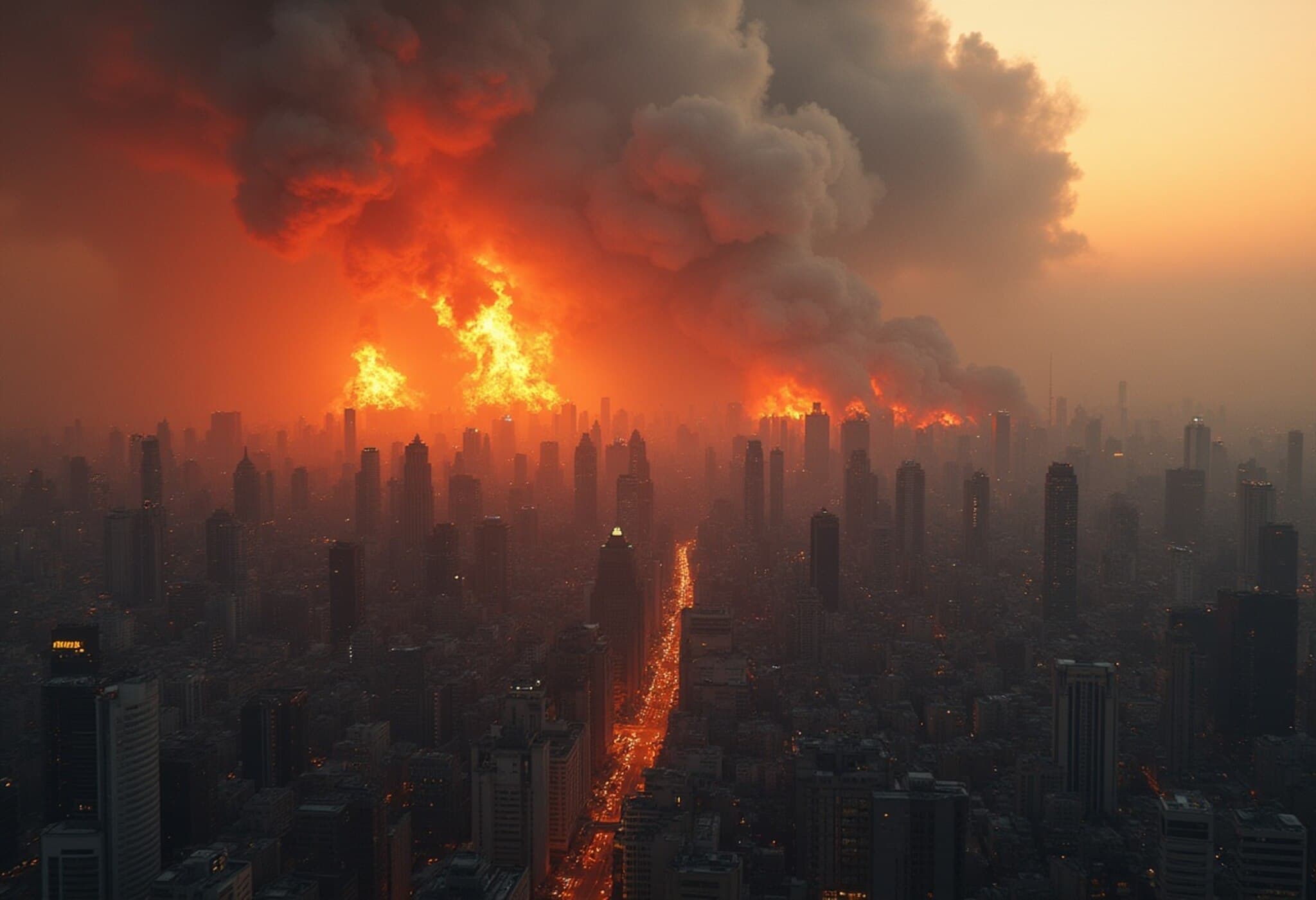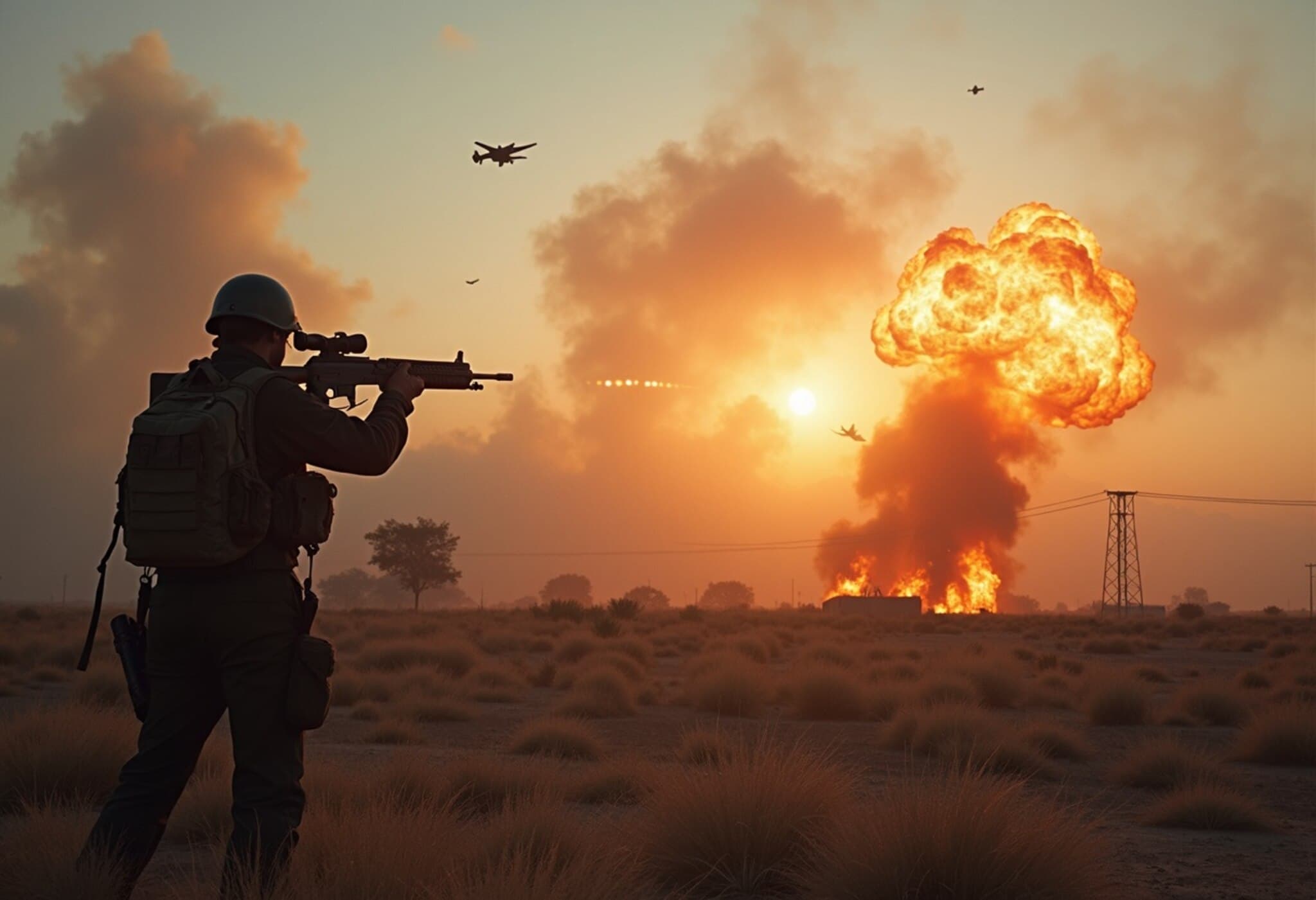Geopolitical Tensions Rattle Global Markets
The recent escalation between Israel and Iran has sent shockwaves through global financial markets, stirring volatility and reigniting fears of stagflation—a problematic combination of slowing growth and mounting inflation.
Oil Prices Soar Amid Rising Uncertainty
In the immediate aftermath of the conflict intensifying over the weekend, crude oil prices surged sharply. Brent crude jumped 5.5% early Monday before retreating some gains to close with a modest rise. This followed a nearly 4% increase on Sunday and a historic 7% spike on Friday, the largest daily jump since the 2022 Russia-Ukraine crisis.
Similarly, West Texas Intermediate (WTI) crude recorded a notable increase of 7.26% on Friday, closing near $73 per barrel and briefly hitting its highest point since January 2025. This momentum carried over into Sunday evening's trading session.
Alongside oil, traditional safe-haven assets like gold climbed toward record highs, while the U.S. dollar strengthened as investors sought shelter amidst geopolitical turmoil. Experts note markets have become highly reactive to headlines, driving sharp, short-term swings in sentiment.
Equity Markets React with Unease
While commodities like oil and gold gained ground, equity markets, especially in West Asia, took a hit. The U.S. saw notable declines: the Dow Jones fell by 769 points (around 1.8%), the S&P 500 slid over 1%, and the Nasdaq dropped 1.3%. European futures softened, and Chinese markets fluctuated without clear direction.
Interestingly, Japan bucked the trend with its Nikkei 225 rising by 1.1%, buoyed by defense sector gains amid talks of expanded EU-Japan military cooperation.
Strategic Concerns: Strait of Hormuz in the Spotlight
The Strait of Hormuz remains a critical concern. This narrow waterway channels nearly 20% of the world’s oil exports, making it a potential flashpoint for supply disruption. Military escalation threatening this passage could drastically raise oil prices and compound inflation globally.
Although Iranian export infrastructure hasn't suffered direct attacks, dramatic images of blazes at fuel depots in Tehran have amplified fears of broader disruption.
Rising Stagflation Risks
The surge in energy costs amid uncertain economic growth has analysts worried about stagflation reminiscent of the 1970s. Higher oil prices cascade through economies, pushing up costs in transportation, manufacturing, and food sectors, thereby squeezing consumer budgets.
This inflationary pressure complicates central bank decisions worldwide. Authorities might hesitate to ease interest rates despite slowing growth, wary that doing so could reignite price rises. Upcoming rate announcements by key institutions like the Federal Reserve and Bank of Japan heighten the tension.
Parallels with Past Crises
The resonance with the Russia-Ukraine war’s impact on oil markets is unmistakable. Back then, Brent crude prices ballooned over 50%, fundamentally shifting market volatility. While today's reaction to the Israel-Iran conflict is currently more measured, the potential for further spikes is clear.
Market strategists urge caution, highlighting important resistance levels as benchmarks for future price movements, reflecting the fragile geopolitical backdrop.
Investor Sentiment and Market Volatility
Investor uncertainty is palpable. Bond yields have risen unevenly, reflecting hesitation in fully embracing risk-off positions. Meanwhile, volatility indices reveal heightened market nervousness. Despite initial setbacks in Israeli assets, the shekel has modestly recovered.
Some relief came from the limited scale of Iran’s military response thus far, but experts warn that unpredictability remains the overriding theme.
Global Economic and Policy Implications
The conflict compounds existing challenges to global trade and energy security, with rising shipping costs and potential supply chain interruptions. Governments, particularly in Europe and Asia, may revisit energy diversification strategies, including boosting strategic reserves and investing in renewable energy.
Temporary measures, such as U.S. draws from petroleum reserves, might ease immediate price pressures but won’t offer a lasting fix.
Outlook: Volatility Likely to Persist
With no resolution in sight for regional conflicts, markets are expected to remain turbulent. Oil prices will continue to serve as a barometer of geopolitical risk, reacting sensitively to developments on the ground.
Central banks face a delicate balancing act—premature changes in interest rates could either stifle growth or fuel inflation, particularly impacting vulnerable emerging economies.
A Fragile Global Landscape
The escalating Israel-Iran tensions underscore how vulnerable global markets remain to regional upheavals. Although today’s oil price increases haven’t yet reached crisis proportions seen in recent years, the risk premium has returned, and investors are bracing for further disruptions.
This conflict illustrates the deep interconnectedness of finance, energy, and geopolitics—where a localized flare-up can ripple across commodity prices, monetary policy, and daily consumer costs worldwide. For now, the era of energy market calm appears to have passed.

